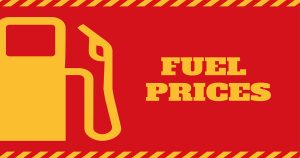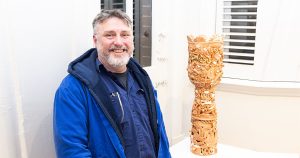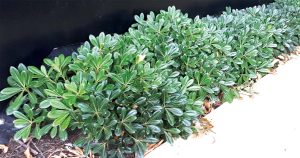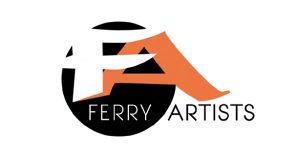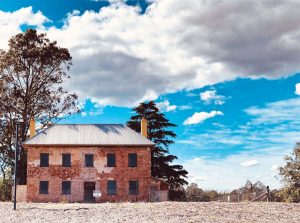You cannot help but notice the improving bush-health with the rain of the last few months. Looking to the west, the cleaner air enables sights of the Blue Mountains which are sharper than ever, proving that postbushfires, Nature continues its long-established cycles of healing and regeneration.
However, you may have noted a few hazy days during the month of May. With the cooler, more favourable conditions, our RFS volunteers are conducting a series of hazard reduction (HR) burns across the region. We are all too aware that bushfire is an intrinsic part of the Australian environment. Through well planned and structured HRs, these preventive procedures may enable us to avoid, or at least minimise, the effect of naturally occurring bushfires and their devastating impact on life and property.
HRs are used to strategically reduce fuel loads, such as leaves and timber debris already dead on the ground, and not the trees and their canopies. We go to great lengths to ensure we keep control of this strategy.
Congratulations to our three newest recruits who recently passed their Bush Firefighting assessment after much training and practice. Several more recruits are continuing their training and persevering through the strict health restrictions that are closely followed to maintain the health and safety of all involved.
This cooler time of year is the best time to prepare your property for the coming fire season. Check the category of fire zone for your property, as some areas are listed as being at greater risk than others. Knowing the rating for your property can enable you to take further precautions if you are in a higher risk category. Fire categories mean there are by-laws and statutes by which you can lawfully modify your property to prevent or mitigate the impact of a bushfire on your domiciliary.
Listed here are three website URLs which you can use to look up the bushfire prone land map of your property and community. Once you are aware of your category status, you can look up what preventions you can do to mitigate, or reduce, the risks.
The NSWRFS site can identify if your address is bushfire prone, and has information available on the same page as to what you can do to prepare…
The Hills & Hornsby Council mapping sites do the same job as each other but are council specific so use the site relevant to you. However, on either site, be sure to tick the box that says Bushfire Prone Land in the LAYERS legend to the left of the map and type your address in the search bar just below the map to bring up your property and it will indicate what Category, if any, is affecting your residence…
https://mapping.thehills.nsw.gov.au/IntraMaps97/
https://map.hornsby.nsw.gov. au/intramaps97/default.htm?project=HornsbyPublic&module =HLEP%202013
All in our community have a part to play by understanding our local area and its needs and risks. If you have any further questions, or are just unsure where to start, come and talk with us at Glenorie Fire Brigade and we will be happy to assist you.






